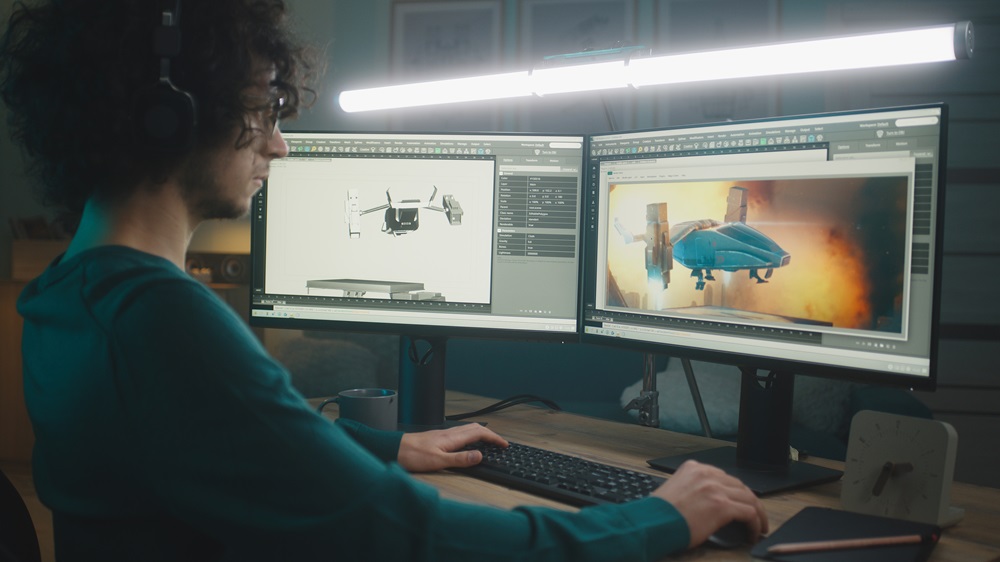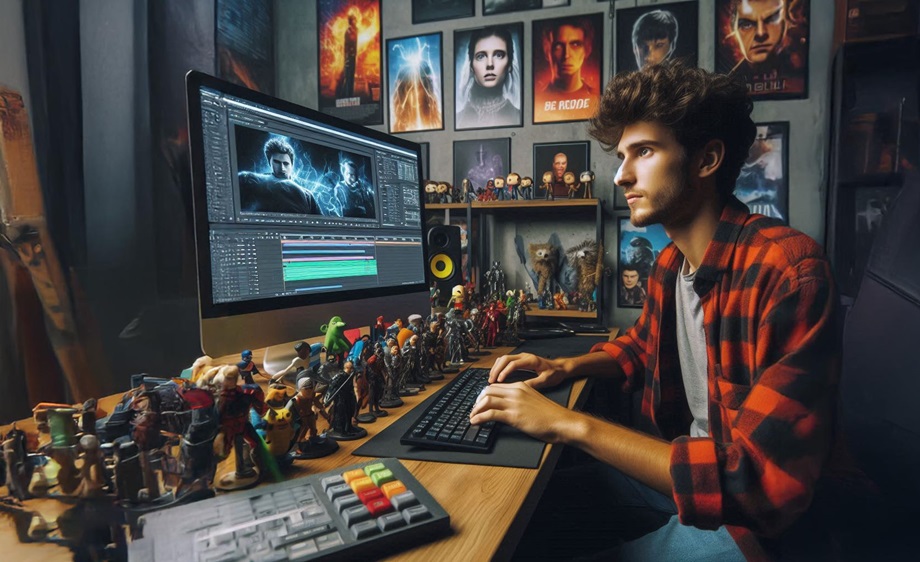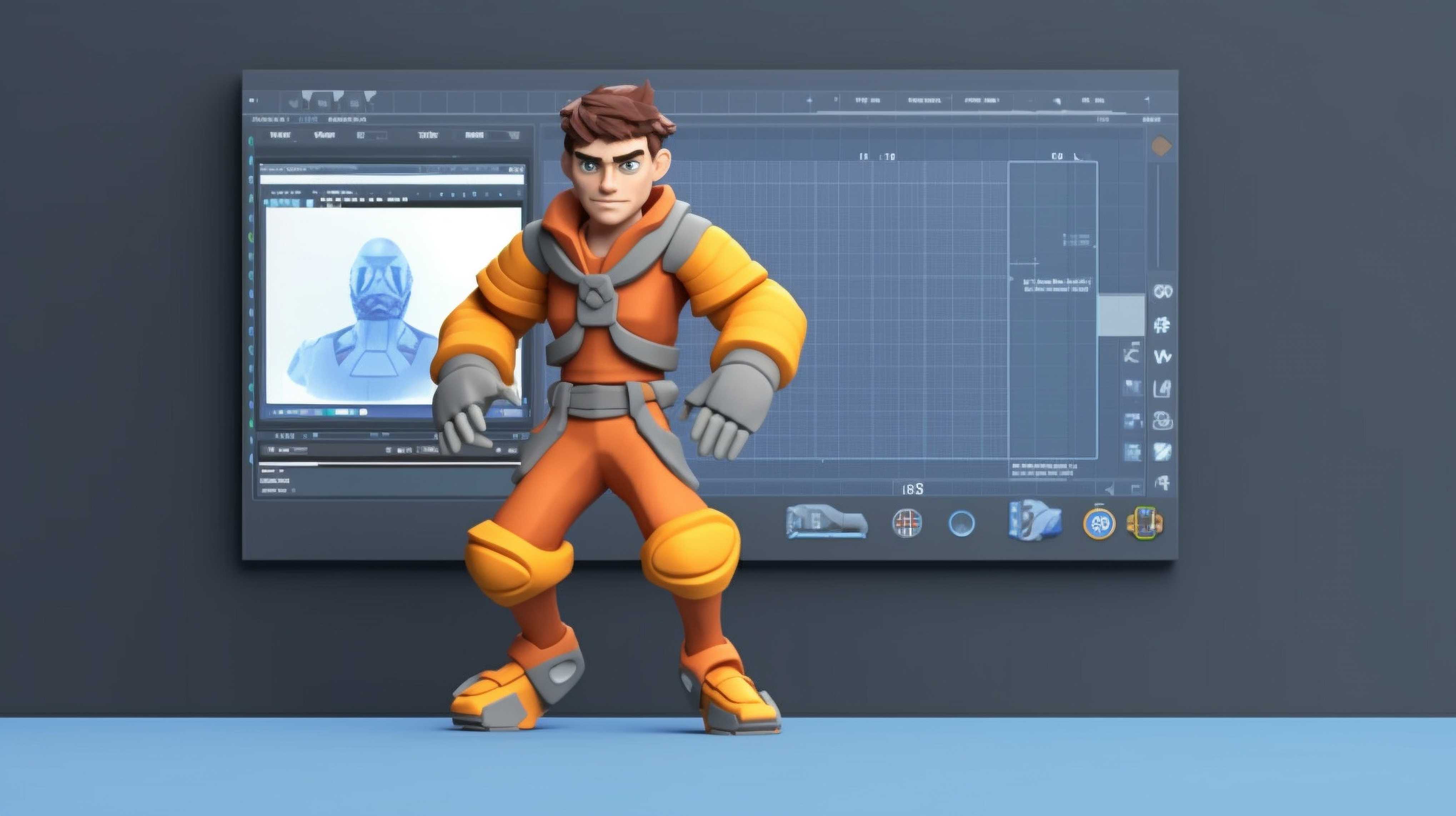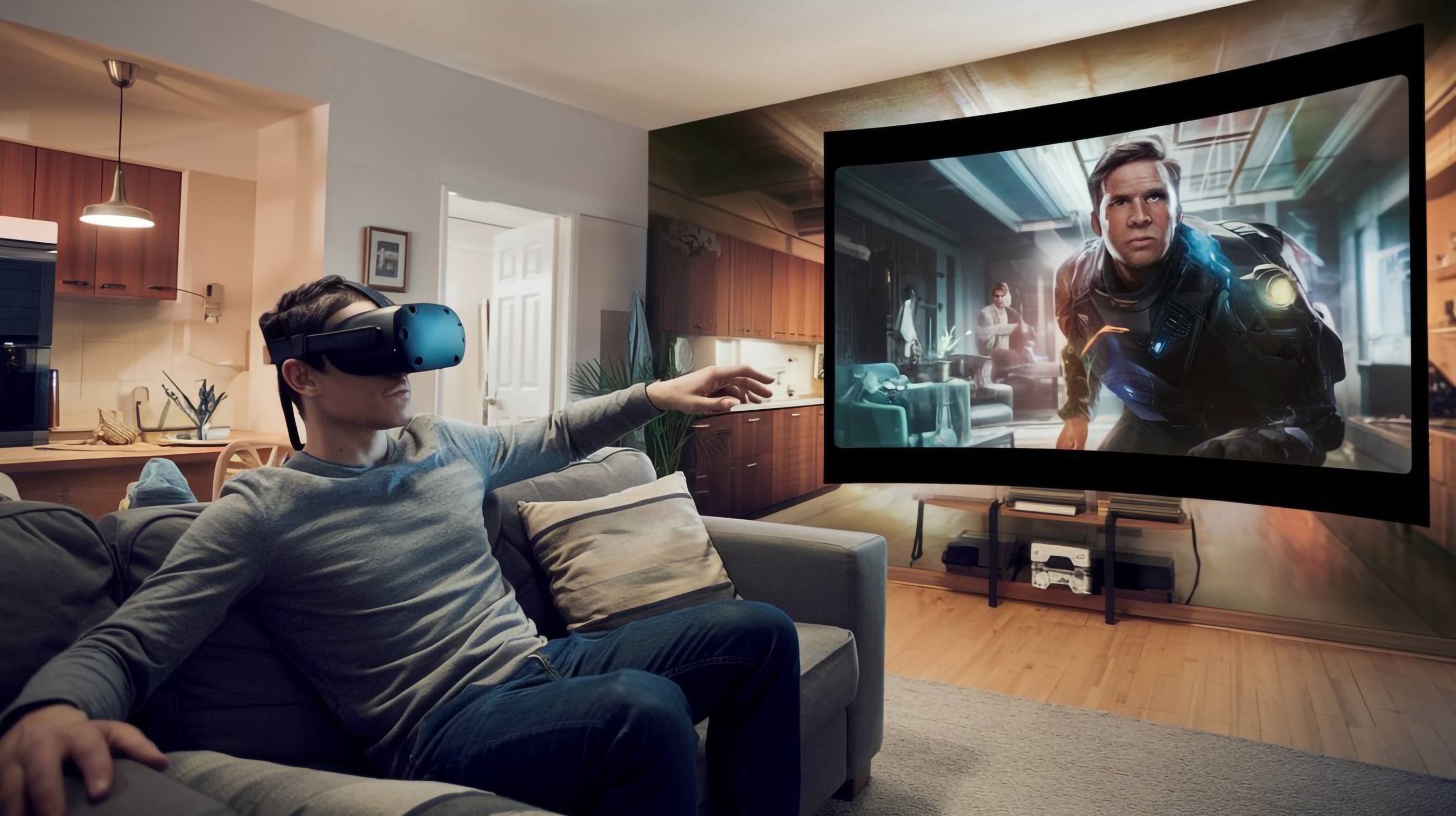The visual effects industry has changed phenomenally in the past few years. What appears now as high-technology computer-generated imagery seems like hand-drawn animations of yesteryear; this indeed is evident from the type of films that are seen today, and in this regard, the demand for cutting-edge visual storytelling continues its exponential growth.
Production houses have resorted to VFX outsourcing to create quality films, where budgets are more streamlined and deadlines tighter. The process of outsourcing VFX is pretty complex in itself.
To have a problem-free experience, the best way to follow a few practical guidelines is important. Giving complete and comprehensive information about the rise of VFX outsourcing, its advantages, and suggestions for effortless collaboration, it remembers the future trends in the industry.
The Rise of VFX Outsourcing
Indeed, several coinciding factors promote the rise of VFX outsourcing. At first, the global entertainment industry has expansively grown, particularly through the recent boom of streaming platforms. It increases demand for high-quality visual effects.
Second, in-house VFX production costs are high and usually only affordable for some studios or production companies to build a full VFX team with the latest equipment.
Third, VFX work nowadays is intrinsically very complex and delivers niche-specific expertise that is not available within the company. Then, it makes sense to outsource.
Global outsourcing of VFX services started at the turn of the year 2000, when the big studios began to outsource large parts of their effects work to countries like India, Canada, and Eastern European regions. Today, it is a $17 billion industry and is likely to grow at a rate of 10.5% in the next decade.
Benefits of VFX Outsourcing

Once companies opt to go down the outsourcing VFX route, they come to reap a number of benefits.
✔ Cost efficiency:
The main reason for outsourcing VFX services to studios is the cost efficiency involved in production. The VFX industries of India, China, and the Philippines have realized that labor costs are relatively much lower than in the markets of the West.
For instance, outsourcing difficult visual effects work in India may save a studio up to 60-70% of the production cost in operation.
✔ Access to specialized talent:
VFX outsourcing companies have artists specializing in varying technical aspects of VFX work, such as compositing, rotoscoping, texturing, and more. That way, production houses can utilize a wide range of skill sets without having to build an in-house team for all those aspects.
✔ Scalability:
Outsourcing gives studios flexibility in scaling up or scaling down as needed for a project. Big projects, such as blockbuster movies or mainstream video game trailers, require concentrated labor input, which can easily be outsourced without the implications of permanent employment.
✔ Faster turnaround:
A well-structured pipeline of outsourced VFX can handle high volumes due to global time zones, which support almost 24/7 productivity. Studios can really maximize their productivity by handing work over to teams in other parts of the world to ensure round-the-clock production.
✔ Focus on core competencies:
By outsourcing VFX work to technically sound vendors, production houses can concentrate more on filmmaking elements like story writing, direction, and management without bothering about the logistical nitty-gritty of a VFX.
Key Tips for a Smooth Collaboration in VFX Outsourcing

There are several advantages to VFX outsourcing, but the collaboration between the third-party VFX vendor and the internal team needs to be tightly controlled. Here are some practical recommendations to ensure that the cooperation goes well:
1. Establish clear communication channels
The biggest reason for outsourcing delays or misaligned results is the need for more communication. Whether you are creating game trailers, animated explainer videos, or working with high-end visual effects for a feature film, effective communication is the foundation to run with.
It's also important that both teams, internal and external, understand and are on the same page from day one. Tools like Slack, Zoom, or Asana can be very helpful in providing real-time collaboration tools and tasks and updating everyone on what is being worked on.
2. Define the scope and deadlines early
Correct expectations are a major determinant of success for VFX outsourcing. The scope of work can be well established right at the very beginning, and one can point out exactly what to expect in terms of VFX deliverables, quality, timeliness, or deadlines.
For example, if you are outsourcing the creation of immersive 3D animations or working on the Unity VFX Graph, providing details about the resolution, frame rate, and style must form part of that initial brief.
It helps define the very early stages, manages the back-and-forth revisions, and keeps the project within budget and on time.
3. Choose the right vendor
Not all VFX vendors are equal. Project success may depend on choosing the right partner. Begin here by looking into portfolios, technical competencies, and previous work completed.
For example, if you are searching for a vendor that has the best 2D animation outsourcing experience, ensure that they have examples of their work in that area. These can be looked into by assessing reviews, client feedback, and even asking for references.
The location of the geographic location of the vendor will also be very important. Companies that live in the same time zone may find it easier to communicate with as one can expect quick feedback cycles. Offshore vendors, however, may be cost-effective.
4. Focus on collaboration, not just delegation
Considering outsourcing as a co-production process rather than just delegating work to another team will result in the flow of communication without much hassle or issue or even good output. It will be excellent when outsourcing your VFX project because in-house and outsourced teams work together in collaboration.
The outsider might require more creative input; this may lead to a partnership that is more robust and, therefore, capable of producing high-quality output.
Regular feedback, milestones, and continuous involvement ensure you are always in alignment with the project's vision.
5. Have a strong legal framework
Any VFX outsourcing agreement involves drafting a legal contract, which must include intellectual property rights, an NDA, terms of payment, timelines, and quality standards. A VFX project may involve sensitive or proprietary content, and hence, an NDA is crucial in ensuring that details regarding your project do not leak out.
Additionally, the contract should allow you to inspect the output of the work produced by the vendor so that you can verify that the quality was met and that the agreed-upon standards are maintained.
6. Incorporate feedback loops and reviews
Every successful VFX project involves multiple rounds of reviews and iterations. Define a feedback loop that allows both teams to review progress on a regular basis and make required adjustments. The more frequent touchpoints allow any mismatches between what is expected and what is delivered to be addressed quickly.
For example, while creating a game trailer or an animated explainer video, sharing early previews can catch any deviation from the storyboard or the design brief.
7. Invest in a project management system
When many teams were joined together to make visual effects, only a project management system would count to follow up on the progress and keep things on schedule. Whether that's Jira, Trello, or some custom setup, investing in a robust system will ensure transparency and accountability in the workflow.
A project management system will also ensure easy assignment, tracking of deliverables, and critical milestones.
The Future of VFX Outsourcing
The future of VFX outsourcing is bright, considering that technology will keep improving and that demand for quality visual effects continues to rise in virtually all industries. Some of the trends recently reported shaping the future of VFX outsourcing include:
• AI and automation integration
As machine learning and AI continue their rapid development curve, such tools will increasingly play an incrementally greater role in streamlining portions of the VFX process animation, rendering, and compositing.
Automated workflows can scale up productivity, making it possible for VFX vendors to take on much more complex projects with much shorter turnaround times.
• Rise of real-time rendering
With Unreal Engine, Unity VFX Graph, and all of the other real-time rendering technologies available, it acts more like a game-changer in current practices. It can improve the speed of the production cycle and enhance creative freedom.
This really matters for immersive 3D animation and game trailers when you want to evaluate effects in real-time, cutting down cycles of iteration.
• Global collaboration
Globalization will definitely boost the outsourcing industry. Emerging VFX markets in countries will grow with infrastructure and talent pools. Faster internet and cloud collaboration tools will make global teams work simultaneously in real-time.
• Hybrid VFX pipelines
In-house teams and outsourced talent will be the future. High-level creative control will be managed in-house, whereas laborious jobs such as rotoscoping or particle effects will be outsourced for future implementation of the hybrid approach.
This will present flexibility and proper resource use with both worlds.
Conclusion
The requirements for high-quality VFX do not shrink, and VFX outsourcing is the apt strategic response that enables studios to deliver on time and within budget. The rise of VFX outsourcing takes them to the future of VFX outsourcing based on globalization, cost efficiency, and demand for specialist talent.
Good coordination, the right choice of vendor, and an emphasis on collaboration can definitely bring about a smooth outing for outsourced VFX projects.
New technologies such as AI, real-time rendering, and hybrid pipelines will not deeply change how studios and VFX vendors work together in the years to come.









